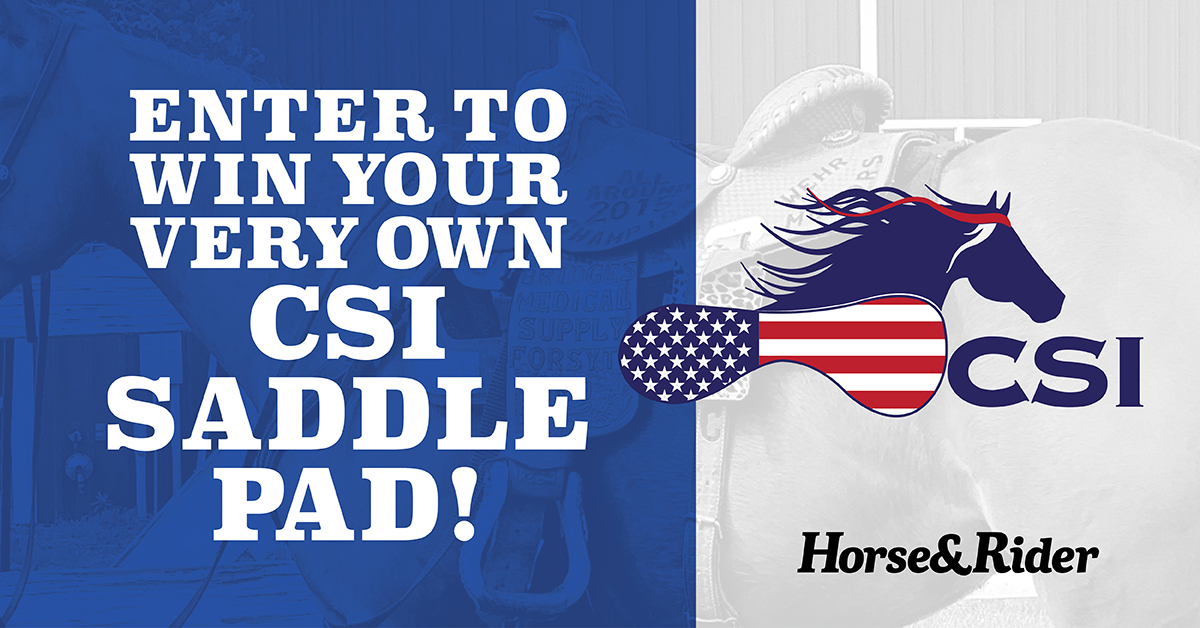When your saddle doesn’t fit, it can be a frustrating journey as you set out to find a saddle that fits both your horse and you. By understanding how the parts of the saddle impact saddle fit, you’ll be better equipped to know what type of saddle will work for your horse.

Off Billet and Latigo
Both nylon and leather off billets and latigos are available for you to use on your saddle. Leather offers give, while nylon has little to no give when using it to tighten your saddle. The only give area when using a nylon off billet and latigo is your horse—which creates sore pressure points.
Remember: Use the test from last month’s blog to see if your saddle rolls or digs into your horse when you apply approximately 60% of your body weight into the stirrup while it’s sitting on your horse without a cinch.
[READ: CSI SADDLE PAD BLOG]
Back Cinch
An important part of the saddle is the back cinch—which is often used incorrectly or not used at all. The back cinch not only acts as a safety mechanism, but it also anchors your saddle. A back cinch provides a second point of pull-down pressure to assist the front girth to equalize the balance of the saddle on your horse’s back. As you’re attaching a back cinch to your saddle, you’ll want to hobble it to your front cinch—you don’t want it to work its way back to your horse’s flank area. When you’re saddling your horse, make sure that the back cinch is tightened snug against your horse’s belly—it can become a danger and it loses the anchor point if it’s left too loose.
Rigging
Usually when you purchase a saddle, you purchase based on the type of riding you’ll be doing—trail riding, barrel racing, reining—and how the saddle fits your horse. As you select a saddle based on discipline, however, consider the saddle’s rigging. A saddle with a full rigging is going to put the front cinch right behind your horse’s elbow, whereas a saddle with a 7/8 rigging is going to allow for the front cinch to sit 3-4 inches behind your horse’s elbow. If you do select a saddle with a full rigging, be sure to use a back cinch and use it properly as mention above. A full rigging was designed to be used with a back cinch, otherwise, the saddle is going to rock forward and the pad is going to slide out from behind.

For assistance determining if your saddle fits, email photos of your horse’s back to CSISaddleFit@gmail.com. Click here to learn how to take photos to be submitted for review.
ENTER THE CSI SADDLEPADS GIVEAWAY






